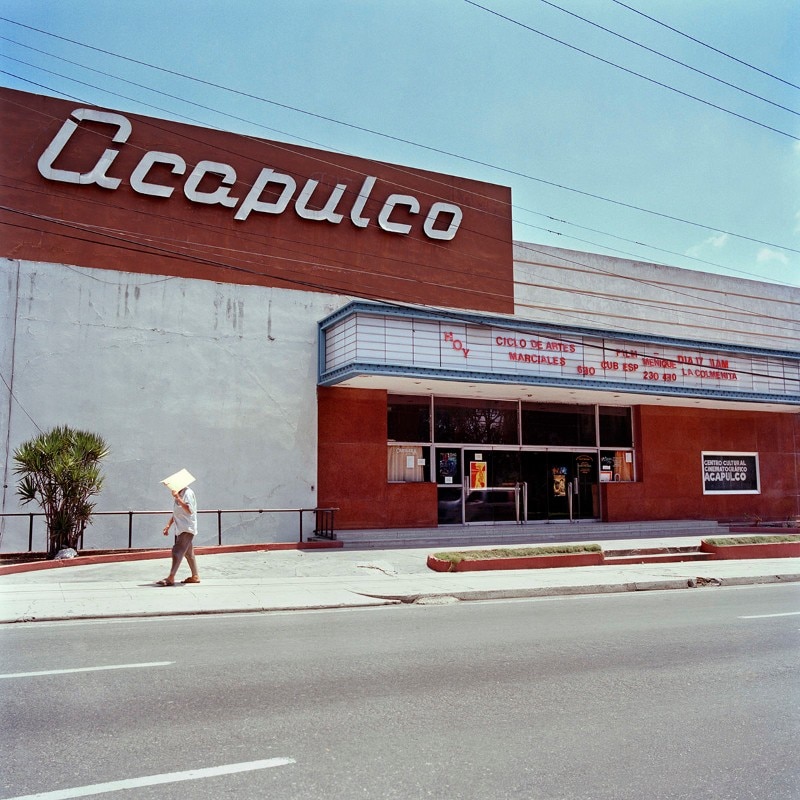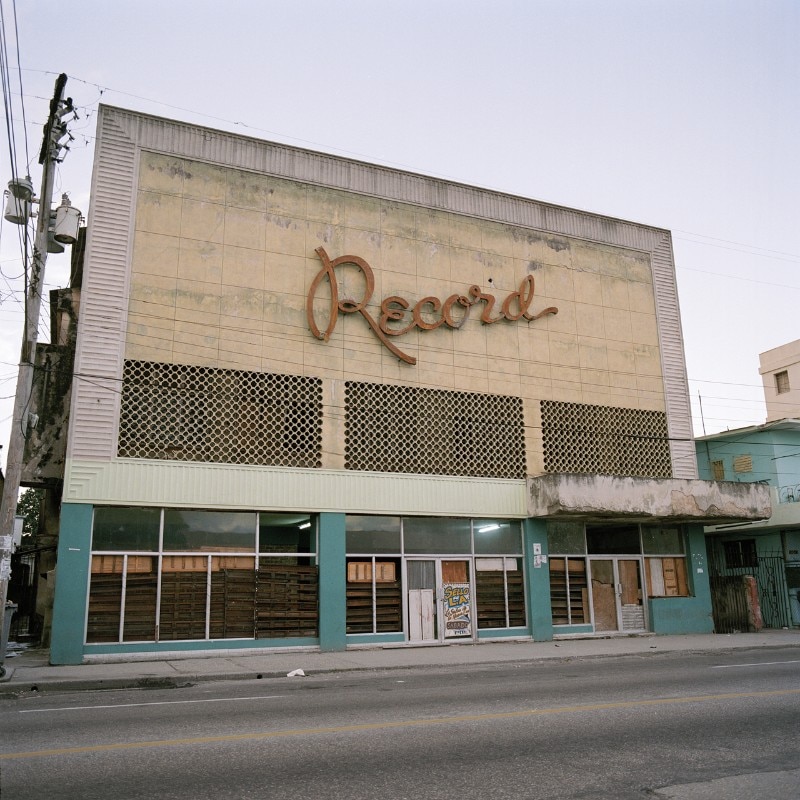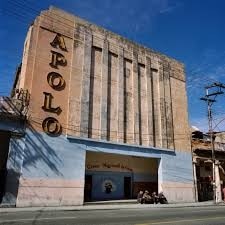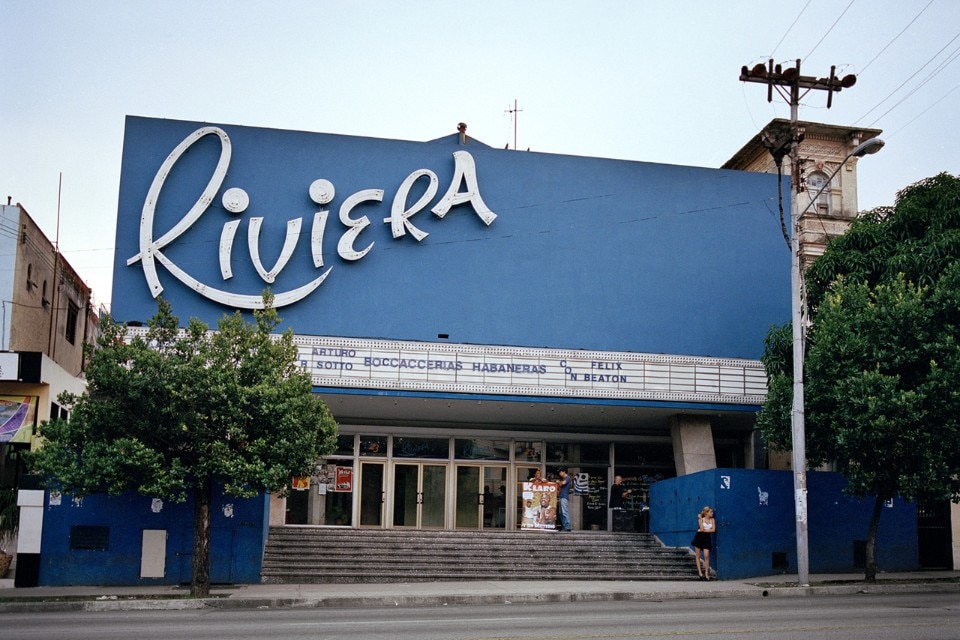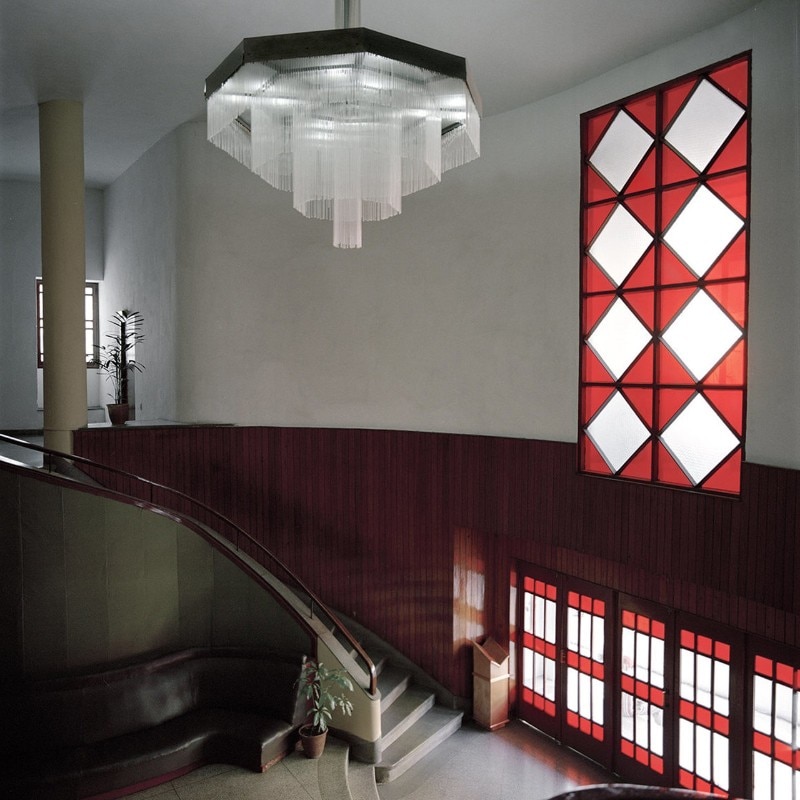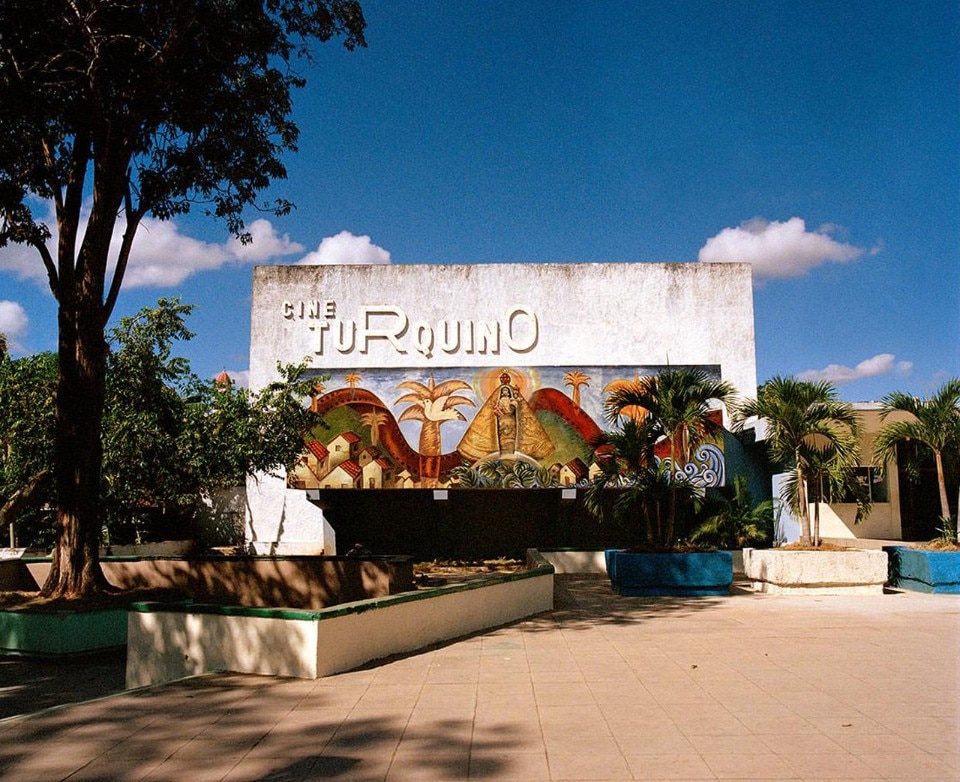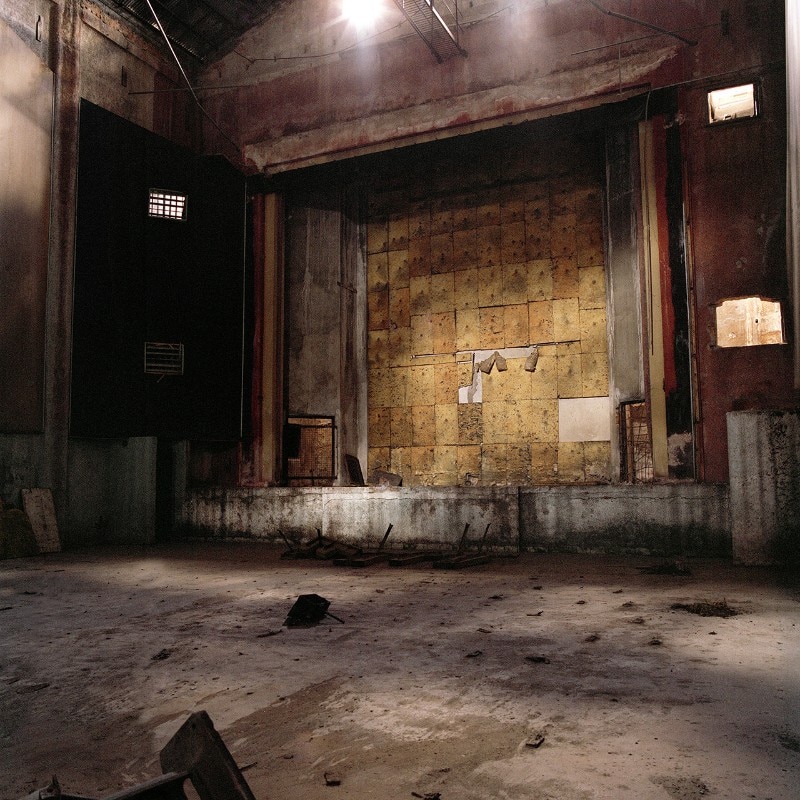In 1958, just a year before the Revolution, with more than 130 halls only in the great Havana area and a total of 511 on the island, Cuba counts more cinemas in it's capital than New York and Paris. They had been opened in colonial or art deco style since the 1910s by the American majors – 20th Century Fox, Metro Goldwyn Mayer and Columbia Pictures – and were by far the most popular gathering place. In 1960, with Fidel Castro, they rose to 600 to the cry of "cultura, seguridad y higiene", but the government was not able to keep them all. Now, of these 130 cinemas, only 19 remain active. All the others are left to a slow and inexorable death with only a facades as a reminder of a glorious past.
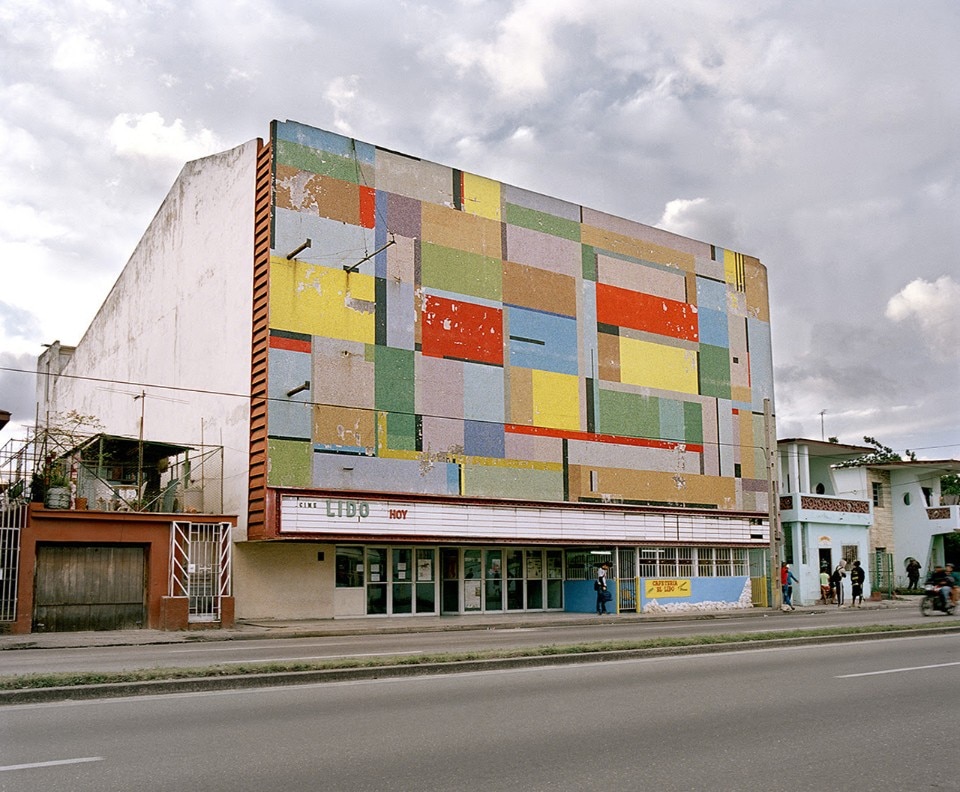
Carolina Sandretto, an Italian photographer based in New York and specialized in documentary photography, shot and collected them all in “Cines de Cuba”, a project and a photographic book published by Skira on cinema as the emblem of a process, the transition from a public cultural fruition to a more domestic and private experience. Cines de Cuba tells the story of a disappearance – in Italy Tornatore made the same in 1988 with “Nuovo Cinema Paradiso” – that involves our entire culture.
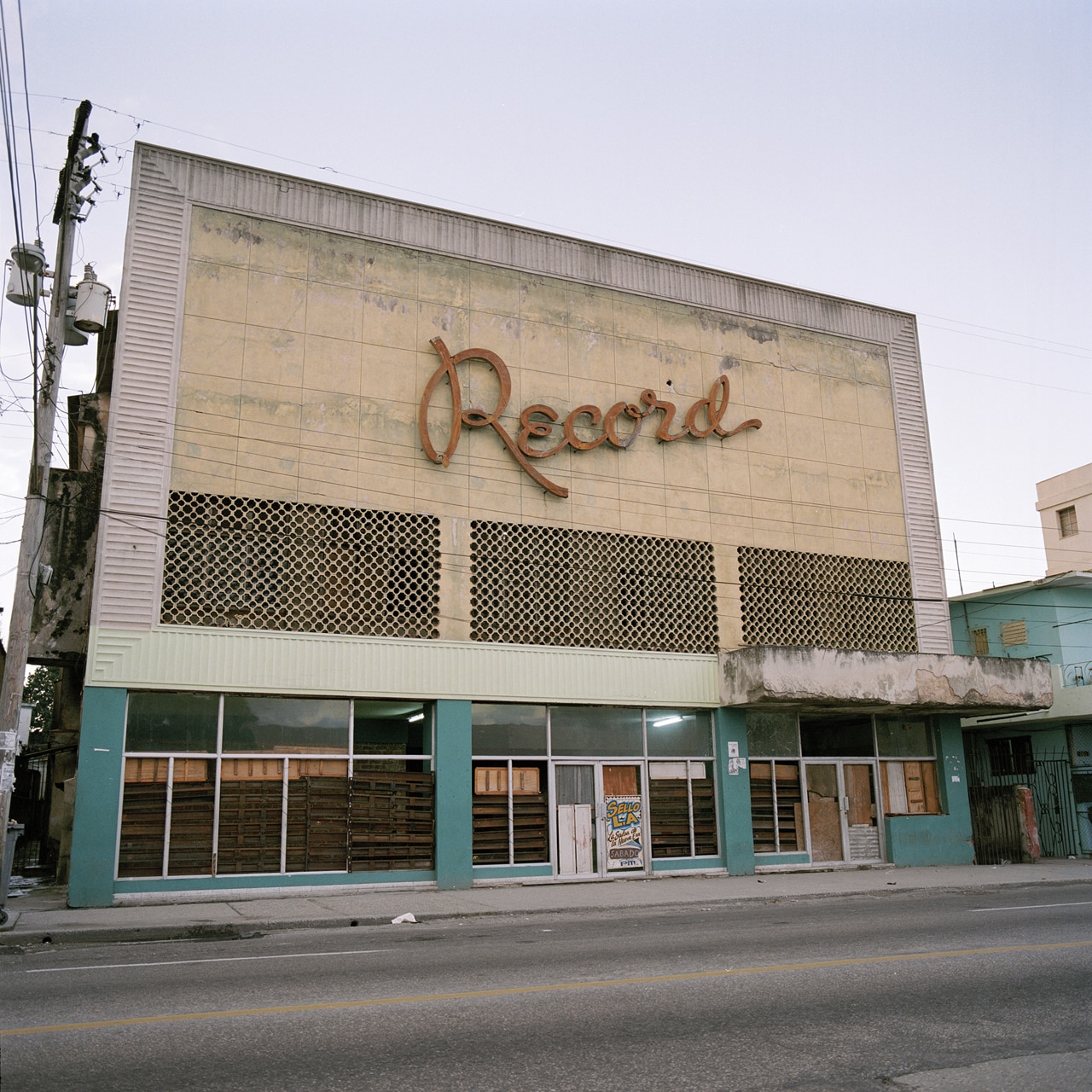
 View gallery
View gallery
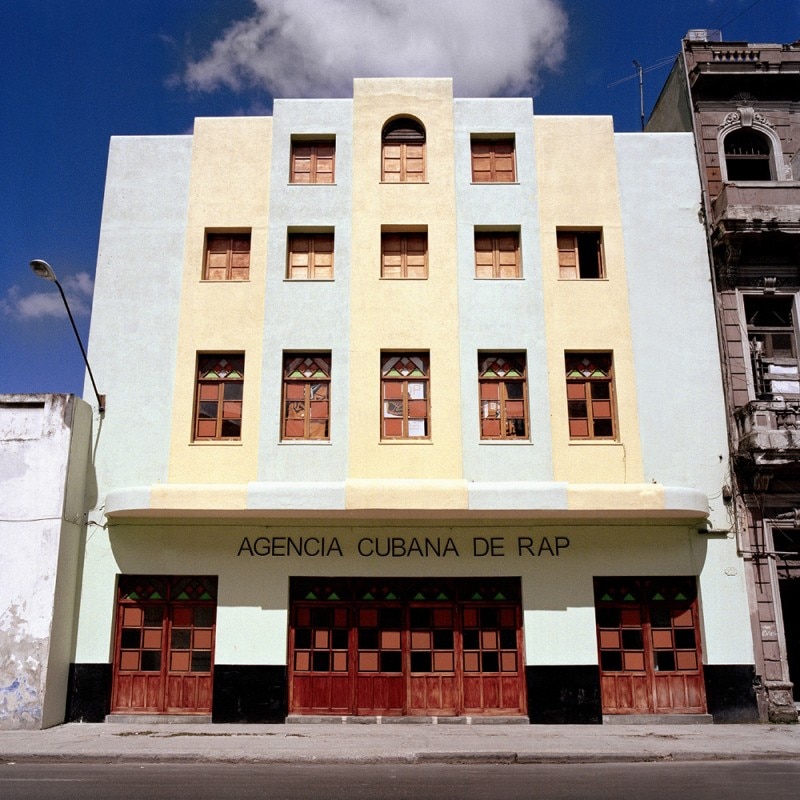
Agencia Cubana de Rap, formerly Cine Finley, Havana
Agencia Cubana de Rap, formerly Cine Finley, Havana
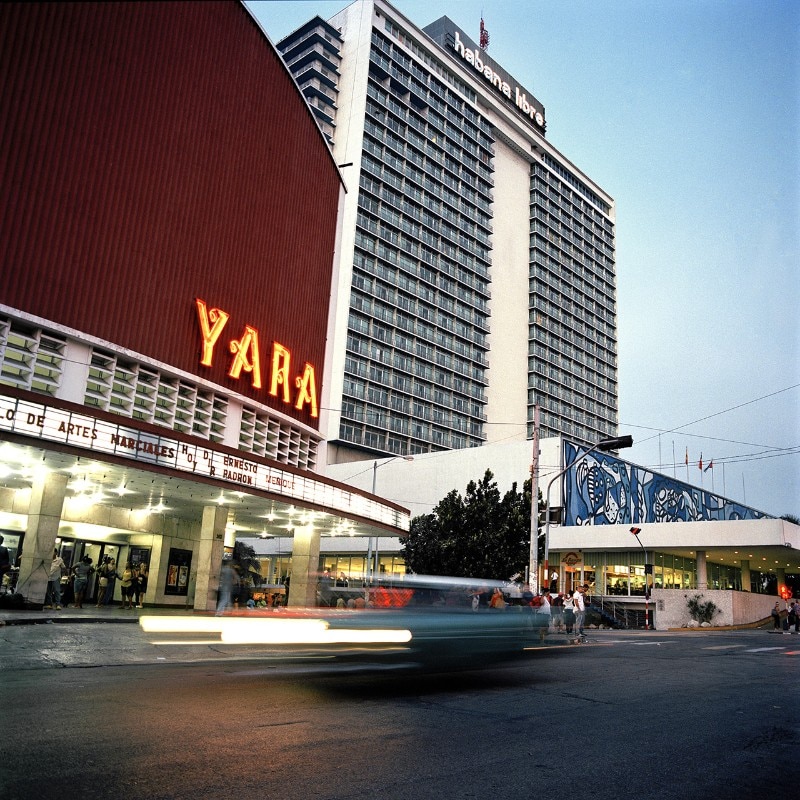
Cines de Cuba, Carolina Sandretto, Skira, 2017
Some of the 600 film theatres still remaining in Cuba. They are abandoned or have been turned in concert halls or warehouses. Very few of them are still active.
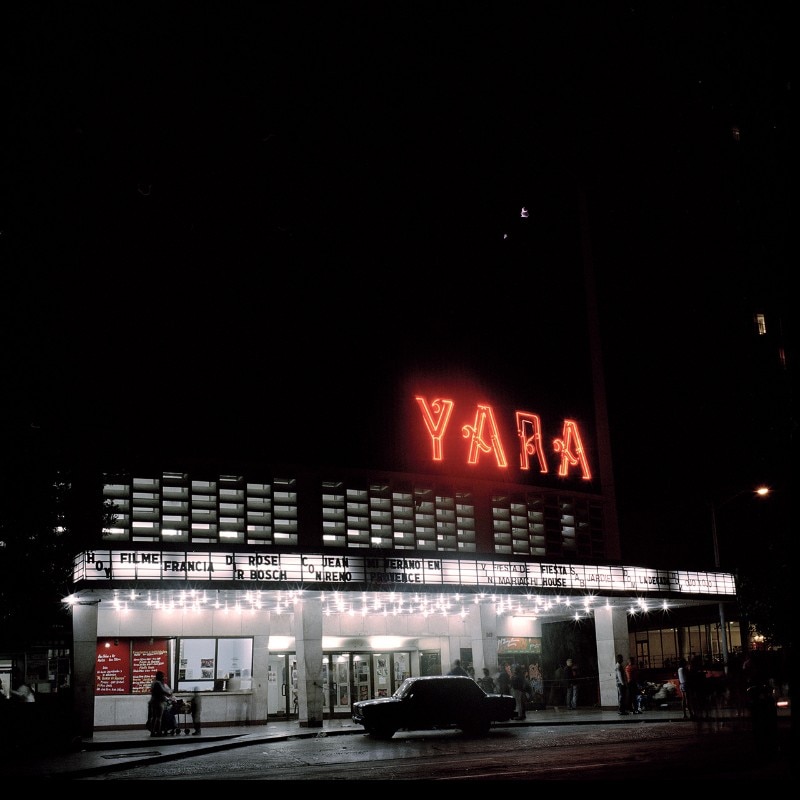
Cines de Cuba, Carolina Sandretto, Skira, 2017
Some of the 600 film theatres still remaining in Cuba. They are abandoned or have been turned in concert halls or warehouses. Very few of them are still active.
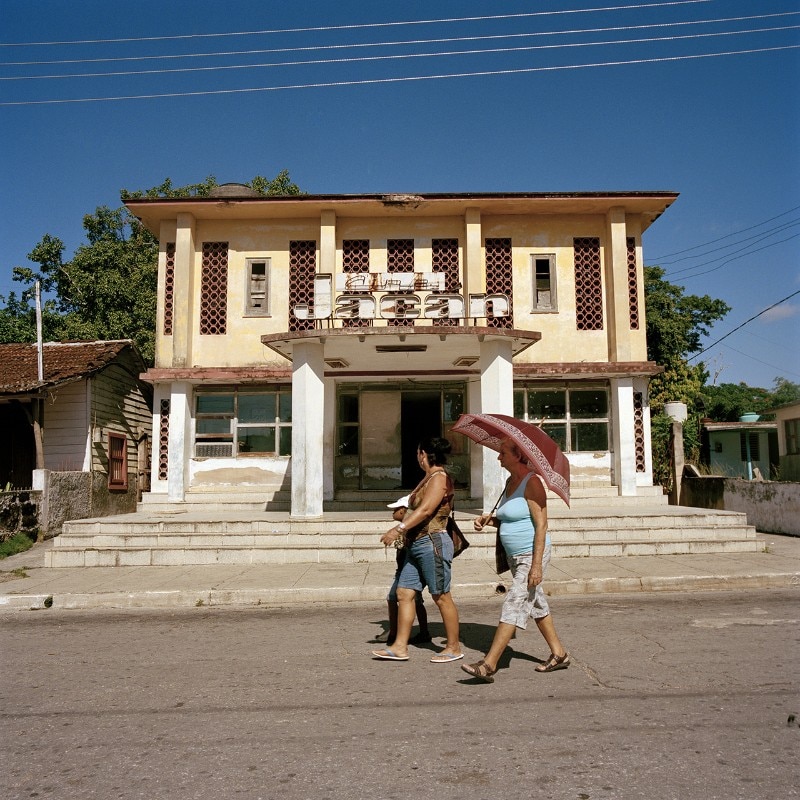
Cines de Cuba, Carolina Sandretto, Skira, 2017
Some of the 600 film theatres still remaining in Cuba. They are abandoned or have been turned in concert halls or warehouses. Very few of them are still active.
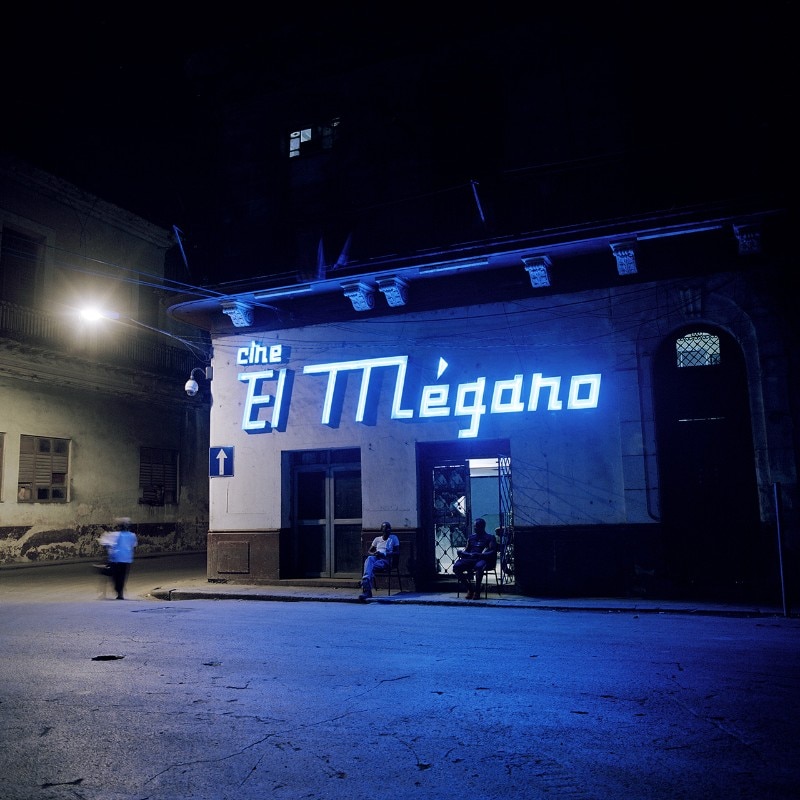
Cines de Cuba, Carolina Sandretto, Skira, 2017
Some of the 600 film theatres still remaining in Cuba. They are abandoned or have been turned in concert halls or warehouses. Very few of them are still active.
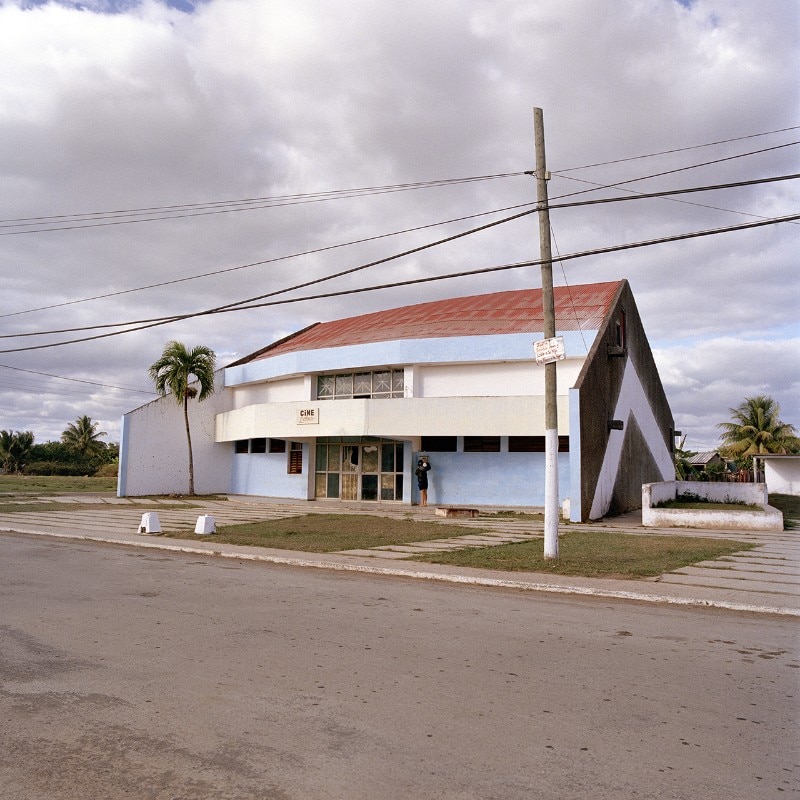
Cines de Cuba, Carolina Sandretto, Skira, 2017
Some of the 600 film theatres still remaining in Cuba. They are abandoned or have been turned in concert halls or warehouses. Very few of them are still active.
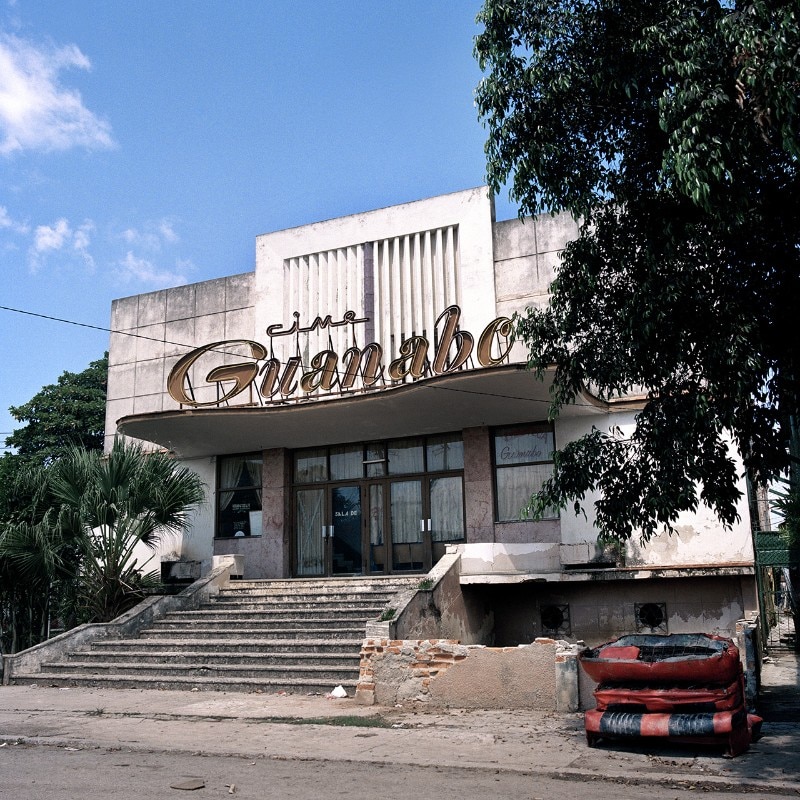
Cines de Cuba, Carolina Sandretto, Skira, 2017
Some of the 600 film theatres still remaining in Cuba. They are abandoned or have been turned in concert halls or warehouses. Very few of them are still active.
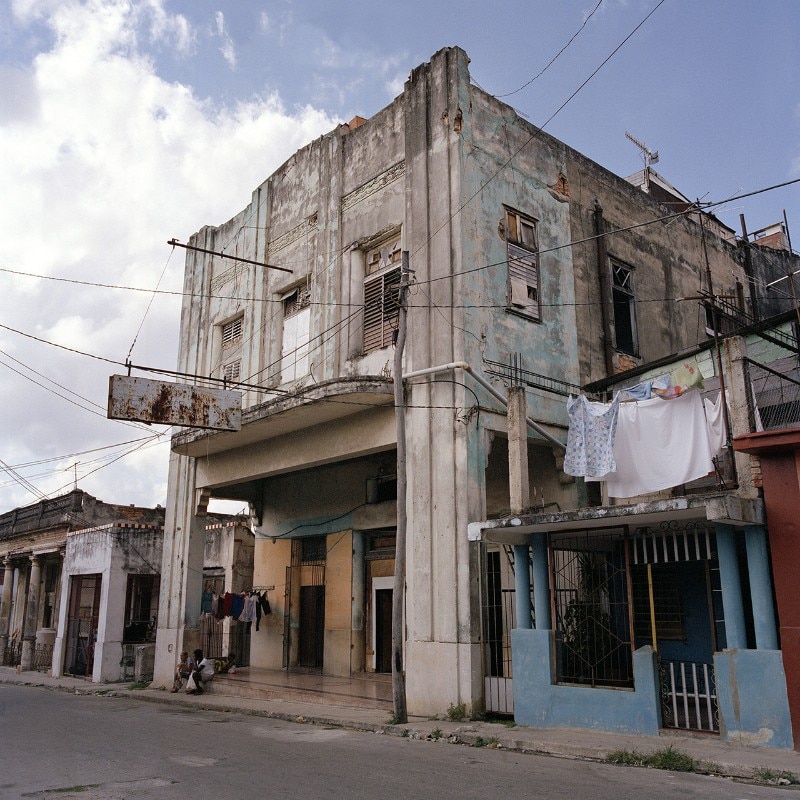
Cines de Cuba, Carolina Sandretto, Skira, 2017
Some of the 600 film theatres still remaining in Cuba. They are abandoned or have been turned in concert halls or warehouses. Very few of them are still active.
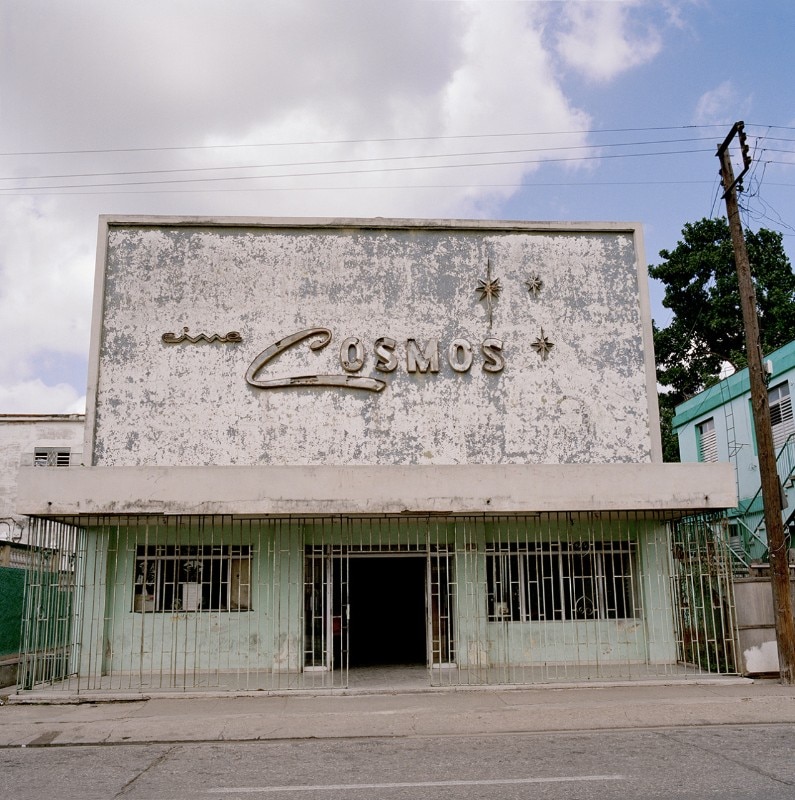
Cines de Cuba, Carolina Sandretto, Skira, 2017
Some of the 600 film theatres still remaining in Cuba. They are abandoned or have been turned in concert halls or warehouses. Very few of them are still active.
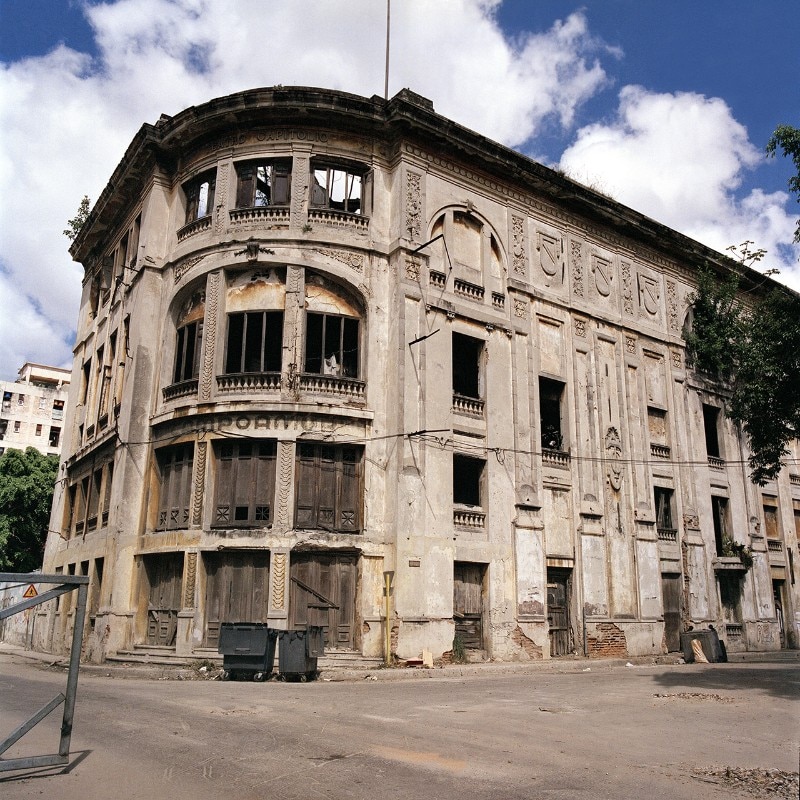
Cines de Cuba, Carolina Sandretto, Skira, 2017
Some of the 600 film theatres still remaining in Cuba. They are abandoned or have been turned in concert halls or warehouses. Very few of them are still active.
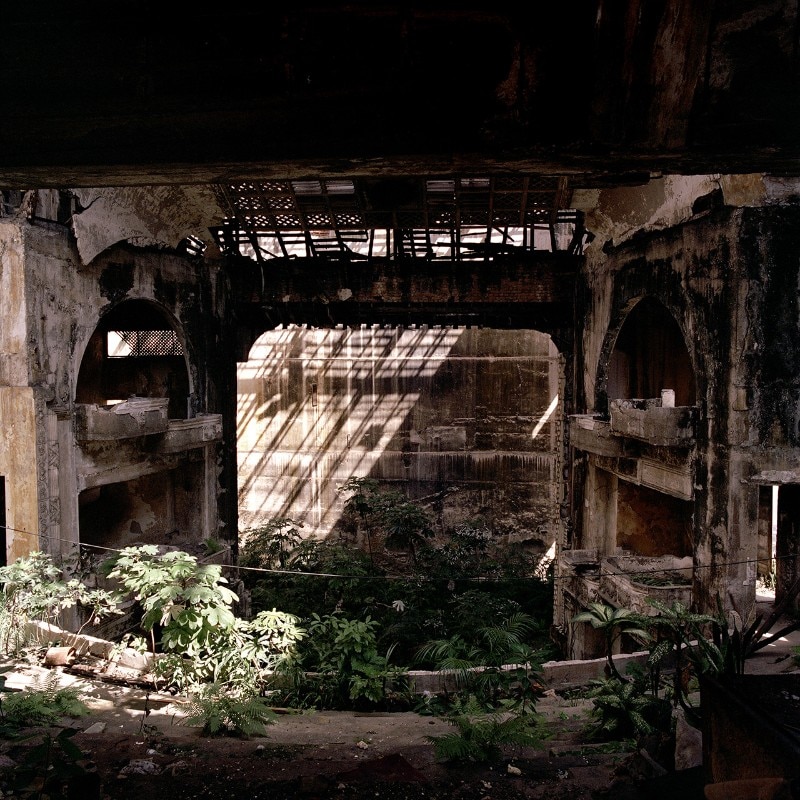
Cines de Cuba, Carolina Sandretto, Skira, 2017
Some of the 600 film theatres still remaining in Cuba. They are abandoned or have been turned in concert halls or warehouses. Very few of them are still active.
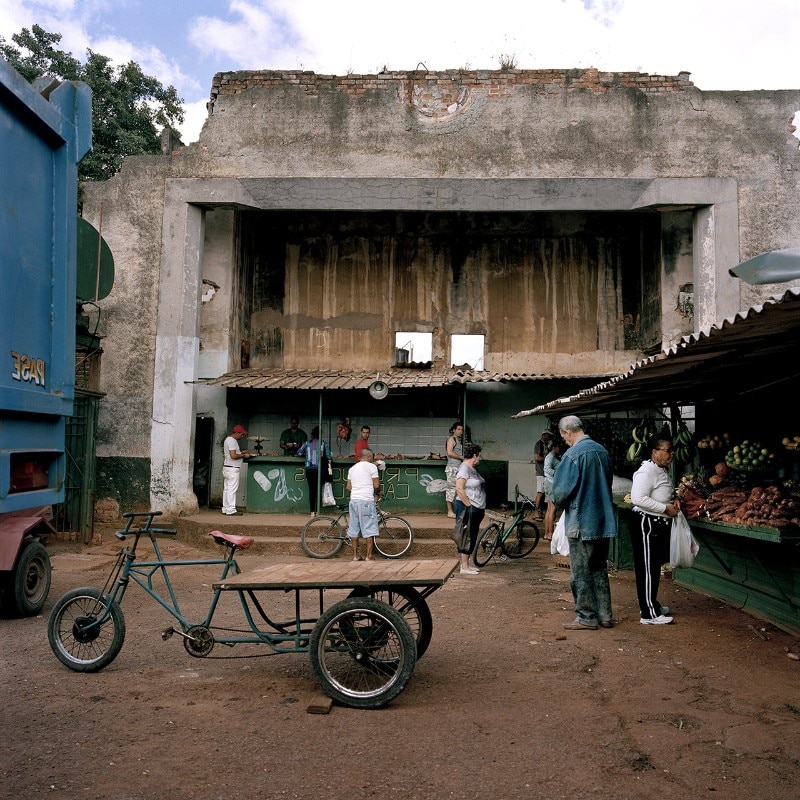
Cines de Cuba, Carolina Sandretto, Skira, 2017
Some of the 600 film theatres still remaining in Cuba. They are abandoned or have been turned in concert halls or warehouses. Very few of them are still active.

Agencia Cubana de Rap, formerly Cine Finley, Havana
Agencia Cubana de Rap, formerly Cine Finley, Havana

Cines de Cuba, Carolina Sandretto, Skira, 2017
Some of the 600 film theatres still remaining in Cuba. They are abandoned or have been turned in concert halls or warehouses. Very few of them are still active.

Cines de Cuba, Carolina Sandretto, Skira, 2017
Some of the 600 film theatres still remaining in Cuba. They are abandoned or have been turned in concert halls or warehouses. Very few of them are still active.

Cines de Cuba, Carolina Sandretto, Skira, 2017
Some of the 600 film theatres still remaining in Cuba. They are abandoned or have been turned in concert halls or warehouses. Very few of them are still active.

Cines de Cuba, Carolina Sandretto, Skira, 2017
Some of the 600 film theatres still remaining in Cuba. They are abandoned or have been turned in concert halls or warehouses. Very few of them are still active.

Cines de Cuba, Carolina Sandretto, Skira, 2017
Some of the 600 film theatres still remaining in Cuba. They are abandoned or have been turned in concert halls or warehouses. Very few of them are still active.

Cines de Cuba, Carolina Sandretto, Skira, 2017
Some of the 600 film theatres still remaining in Cuba. They are abandoned or have been turned in concert halls or warehouses. Very few of them are still active.

Cines de Cuba, Carolina Sandretto, Skira, 2017
Some of the 600 film theatres still remaining in Cuba. They are abandoned or have been turned in concert halls or warehouses. Very few of them are still active.

Cines de Cuba, Carolina Sandretto, Skira, 2017
Some of the 600 film theatres still remaining in Cuba. They are abandoned or have been turned in concert halls or warehouses. Very few of them are still active.

Cines de Cuba, Carolina Sandretto, Skira, 2017
Some of the 600 film theatres still remaining in Cuba. They are abandoned or have been turned in concert halls or warehouses. Very few of them are still active.

Cines de Cuba, Carolina Sandretto, Skira, 2017
Some of the 600 film theatres still remaining in Cuba. They are abandoned or have been turned in concert halls or warehouses. Very few of them are still active.

Cines de Cuba, Carolina Sandretto, Skira, 2017
Some of the 600 film theatres still remaining in Cuba. They are abandoned or have been turned in concert halls or warehouses. Very few of them are still active.
With a 1950s Hasselblad, Sandretto returns to the Island three times in four years, giving life to a cinematographic atlas that sees the majestic halls of Havana – the Trianon and the Roldan in Vedado, but also the great Karl Marx in Miramar – to oppose the ruined huts of Ciego de Avila, Holguìn or Las Tunas rural provinces, towards the poorer East. You also discover unexpected realities, a certain avant-garde in the revolutionary Santa Clara and a good amount of cinemas in the intricate Camagüey. All these cinemas share with the 1950s American cars the same destiny: sometimes they are active, more often they are not, certainly mummified, as if nothing had changed since those years.
I was on the main street of San Miguel de los Baños on the Carretera Central Cubana, a town known for its therapeutic waters. I was standing in front of the Jacán when I saw approaching a child with two women, one holding an umbrella against the sun. The first picture of the project was made.
Years not to regret too much, actually: although cinema was and still is a real passion as well as part of the intellectual education of young Cubans, both under Batista and Castro had to go through obscurantism, censorship, problems in distribution, continuous blackouts (the so-called “apagones”), flying bats and ruined reels. Not really a pleasurable viewing. The children, however, played inside, guys took their girlfriends on their first dates those few who were fed up with the usual two black and white Russian TV channels were getting rid of boredom.
Everyone says, with an incomprehensible nostalgia, that Cuba is changing. But would it not be extraordinary that even one of these abandoned cinemas "gave way to the flattery" of the new private property returning to new splendor?
- Title:
- Cines de Cuba
- Author:
- Carolina Sandretto
- Publishing house:
- Skira
- Publishing date:
- 2017


